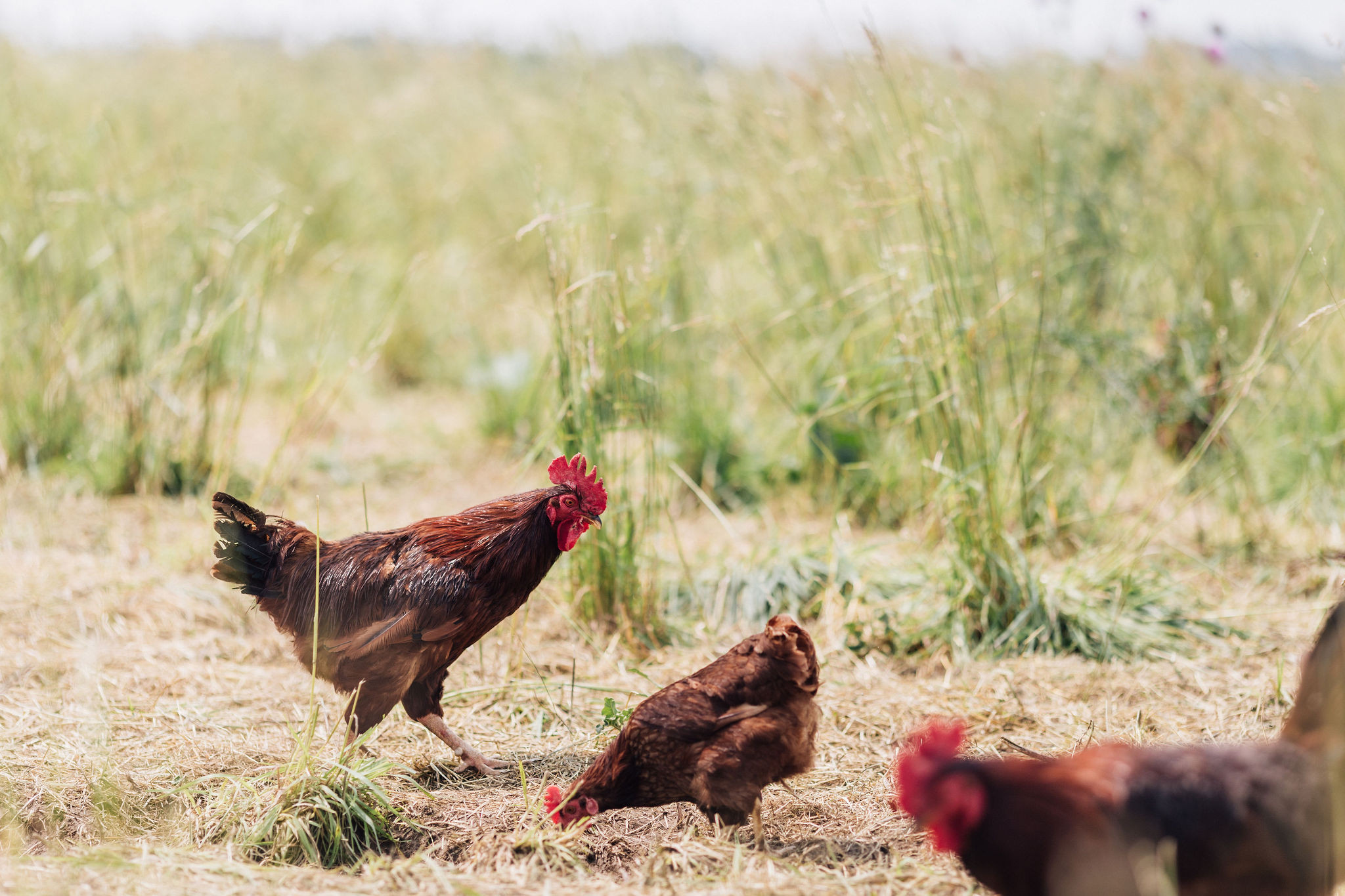A fresh perspective on the raw milk movement
posted on
February 14, 2020
Last week farmer Aaron attended the Pennsylvania Association of Sustainable Agriculture (PASA) Sustainable Agriculture Conference in Lancaster County. It’s a place where farmers, food system professionals, educators, advocates, homesteaders, and more gather yearly to learn about food and farming topics.
A highlight of the conference was hearing Mark McAfee, founder of the Raw Milk Institute (RAWMI) and Organic Pastures in California, speak about the safety and quality of raw milk. It was a boost of confidence for Aaron, confirming that he’s holding his farm to the highest possible standards.
Another thing gained from the conference was a refresher on the benefits of raw grass-fed milk. You see, RAWMI has been collecting testimonials and science-based research that backs what has been generally known for thousands of years - raw milk is good for you!
Listen, this is a huge topic. I’m going to focus on three of the many important topics discussed at the conference.
Raw milk reduces the risk of asthma and allergies in kids.
This is pretty big news to some of the most pressing problems in today’s American kids. And yes, there’s science-based research to back it up.
A study of over 8,000 European children showed that raw milk consumption is associated with significantly lower rates of asthma and allergies. And, in fact, consumption of pasteurized milk increases the likelihood of milk allergies, which is a huge problem in America today.
A study of over 900 European children concluded that, "Continuous farm [raw] milk consumption in childhood protects against asthma at school age.”
A study of over 4,000 European children found that consumption of raw milk was associated with a strong protective effect against eczema.
Raw milk is not dangerous.
It is true that milk produced as “intended for pasteurization” and produced by confined animal feeding operations (CAFOs) is generally unsanitary and not safe for raw consumption.
CAFOs’ animals are not raised in nice conditions. They rely on antibiotics for health and hormones for adequate milk production. And, there’s lots of manure everywhere and all the time. This is a recipe for a dangerous disaster if the milk is consumed raw.
However, raw milk that is intentionally produced for human consumption is a completely different story. It’s a low-risk food with incredible health benefits.
This type of milk is usually farmed with great care and attention to the animals’ health and well-being.
Doctors and healthcare professionals routinely warn patients that raw milk is unsafe to consume, but there is ample evidence that this conclusion is not applicable to carefully-produced raw milk.
And I mean, come on, it’s probably more dangerous to eat lettuce from a supermarket than to consume properly produced raw milk.
Easy access to modern testing of raw milk makes it inarguably safe.
Although Miller’s is pretty darn old fashioned, it does use modern technology in a few really smart ways to produce the highest quality dairy possible. In addition to the off-site pathogen testing required by the Pennsylvania Department of Agriculture, Miller’s also has a small on-site testing lab.
The farmer tests every batch of milk for Coliform and SPC/APC. These tests are for general bacteria count and help the farmer quickly diagnose and fix any cleanliness issues in the milk production lines. You can check out his test results here.
This is how the farmer realized that, despite cleaning udders and teats with iodine, his method wasn’t enough. There was still manure in the milk. He needed to clean more thoroughly. Now, the farmer can confidently say he produces manure-free milk that doesn’t taste like a barn and lasts two weeks without souring!
The farmer hopes to join RAWMI one day.
He’s already following its standards. It’s simply time and money that’s holding him back right now. But, he’d love to have that certification as extra proof of what he’s producing.
Any questions about our milk? Shout it out!




